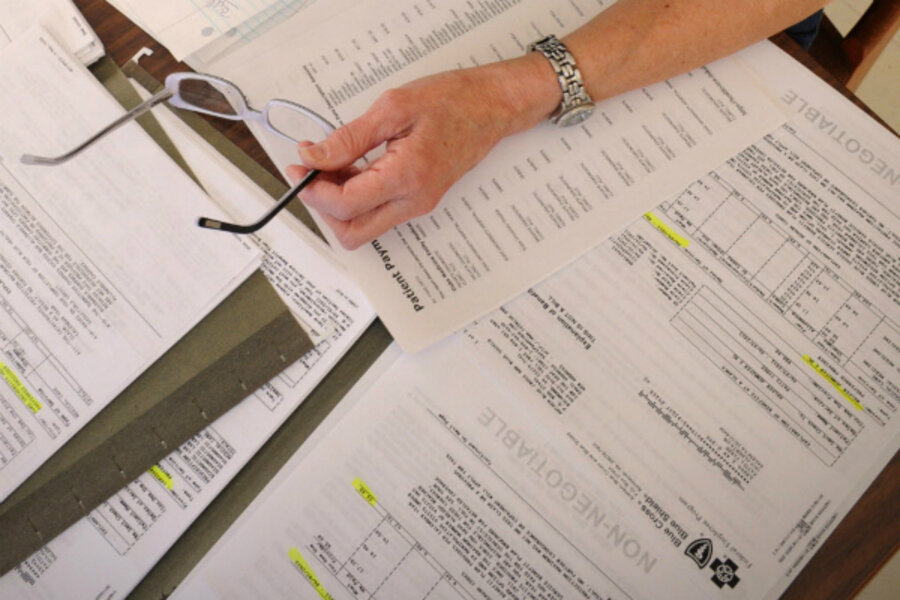New report reveals stunning disparities in health-care costs
Loading...
Everybody knows US medical costs are high. Now Americans get to see exactly how those high prices can vary from hospital to hospital – sometimes within a very short space of miles.
The federal Centers for Medicare & Medicaid Services on Wednesday released a new database that lays the issue bare in stark detail.
Consider the disparity just within the nation’s largest state: California.
In one type of joint replacement procedure, charges vary from a high of $297,000 at Centinela Hospital in the Los Angeles area, to a low of $84,000 at St. John’s Health Center in Santa Monica or Pomerado Hospital in Poway.
Those locations are all in coastal Southern California. St. John’s and Centinela are only about a dozen miles apart.
Similar gaps in prices results span across other procedures and other states and cities.
The data trove comes as health care costs are already in the national spotlight, thanks to their impact on family and government budgets and partisan disagreement over what policies will best address the problem.
Disparity among hospitals raises the question: Could providers migrate toward the lower-cost end of the spectrum, without sacrificing quality?
Many health-care experts, citing academic research on waste or mispricing, believe that’s possible. And some argue that consumers, armed with the right information and incentives to shop around, could play an important role in nudging costs down.
The newly released numbers could add fodder for that argument.
Although the numbers are gathered by the agency overseeing Medicare for seniors, the Medicare program typically gets discounted rates. But the high fees do land squarely on people who don’t have health insurance.
And even Medicare isn’t cheap.
Budget experts predict that the costs of health-care programs will cause federal spending to soar, as a share of the national economy, unless entitlement programs, such as Medicare, are reformed. Medicare beneficiaries, too, are increasingly being asked to pay more costs out of their own pockets.
The Affordable Care Act, known as Obamacare, is about to take full effect next year, with a requirement that all individuals obtain health insurance. Many families who are not covered through an employer find the cost out of reach.
The cost disparities in Wednesday’s report are sometimes stunning.
California alone, as the nation’s most populous state, offers thousands of fees to compare in the federal database.
In the category “respiratory system diagnosis,” with fewer than 96 hours on ventilator support, charges range from $276,000 at Washington Hospital in Fremont to $33,000 at a Kaiser Foundation Hospital near Los Angeles.








